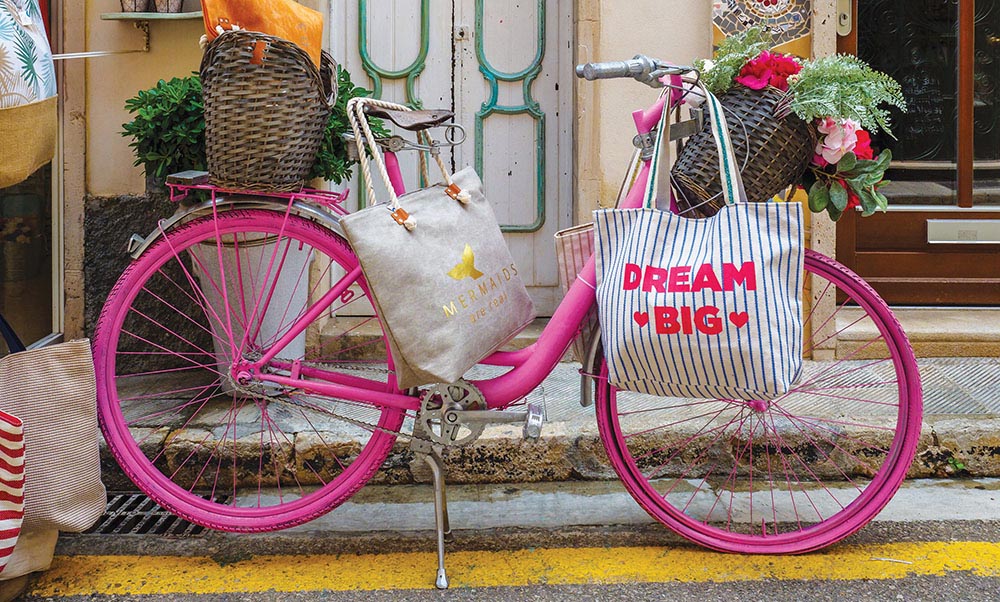
Jean Ann’s Journey – The Goal is to Giggle
By Jean Ann Taylor
Life isn’t always funny. In fact, sometimes it’s painful, depressing, stressful, disappointing, or overwhelming. It’s easy to fall into a blackhole of hopelessness when we’re feeling down; however, filling our lives with laughter can turn our outlook on life around.
It sounds so simple: just laugh more often. Children are great at it. They laugh over two hundred times each day, adults may only laugh twenty times a day. This is in part because children find humor in things adults find upsetting. Children laugh at absurdities, ridiculousness, surprises, and unexpected messes. Step in a mud puddle? Hilarious! Drop your crayons on the floor? Pretend you’re a bulldozer and scoop them up.
There are many valid reasons to add laughter to your life. A good, solid chuckle can make us healthier by lowering our blood pressure, reducing stress hormones, and increasing the circulation of antibodies in our blood stream—helping us to resist infection. The muscles in our face and body stretch, and we breathe harder, which sends more oxygen to our tissues. Laughing tightens the tummy and strengthens our heart. After a good, hard belly laugh, you may feel like you just had a good, hard workout!
While both men and women benefit by laughter, there is a difference in how the sexes process funniness. I remember as children, my younger brother enjoyed watching The Three Stooges. As he sat cross-legged in front of the television, he laughed hysterically at scenes I could only roll my eyes at. I usually left the room when that show was on. I’ve found that men can find humor in knocking heads while women find it foolish. April Fools jokes and pranks are another example of very personal preferences. What is comical to one person may be insulting to another. To know what tickles your funny bone, you must first know yourself. Our sense of humor is as individual as our eye color, so look for people who laugh at the same things you find funny.
Adulthood means we are consumed with responsibilities: work, bills, repairs, deadlines, and appointments. An unexpected and spontaneous giggle can help us to lighten up and not take ourselves so seriously. Laughter changes us. It can help turn our perspective from gloom to glee. Laughing is also contagious. When we smile at the person who is stuck in a long line with us, the acknowledgement that we are in this situation together helps ease the frustration. When faced with a large work-task, finding humor with coworkers can make a workload seem more manageable. In relationships, laughing can help alleviate an argument when a difficult situation has seemed to come to an impasse. Laughing together is a shared emotion that results in creating a bond with each other.
For your health and well-being, find ways to include more laughter in your life. For me, a YouTube video of babies laughing gets me every time. Turn off the “news” and watch a funny sit-com like Cheers or Big Bang Theory. Let a seven-year-old impress you with her plethora of knock-knock jokes. Whatever it takes, try to get more giggle in your gig.
“Happiness is laughing with a toddler about something that makes absolutely no sense whatsoever.”
Please send your thoughts and ideas to me at [email protected]




